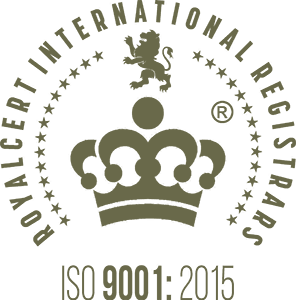Amongst the host of technologies transforming MRO operations, some are truly ‘cutting edge.’ Read on to see what we mean.
3D Printing: just-in-time deliveries
Maintenance teams are always under pressure to replace or repair assets quickly, efficiently and economically. They must also find ways to minimise inventory and control warehousing costs. 3D printing has emerged as a comprehensive solution.
Flexibility: MROs can maintain a ‘digital inventory’ of parts to be manufactured on demand. This eliminates the need for costly investments in inventories, ‘minimum’ orders and long lead times. The future of MRO is agile involving digital product files for production anytime, anywhere.
Speed: MROs can reduce long-lead times and improve turn-around times especially for specialised, hard to source parts. Pioneering processes such as the DigiTool can be used to repair parts and components directly.
Lifespan: Create parts or repair obsolete, out of production parts needed for equipment with long lifespans. This process also can also eliminate the need for moulds and specialist tools.
Sustainability and Wastage: Increase the lifespan of specialized equipment, eliminate the need for storing and managing large inventories and reduce the aerospace industries’ environmental footprint.
Etihad Airlines Engineering, the largest MRO provider in the Middle East, has partnered with EOS to produce additive manufactured parts and is growing its business by setting up alliances with other OEMS and MROs. Research suggests, the use of 3D Printing in MRO services will grow rapidly in the coming years.
HOLOLENS: Augmented reality gains clarity
Virtual reality and augmented reality are now poised to become the next frontier in the transformation of aviation MRO services.
Microsoft’s HoloLens can be used to provide remote maintenance support as well as training support for MRO engineers and operators. It uses specialized sensors and optics to enabled comprehensive collaboration and communication. For instance, the technology can be used to convert 3D models of parts or even entire aircraft into HoloLens holograms. The incredible detail of the scenarios these models build in turn enables control centres to provide their employees with detailed checklists and instructions for repairing.
Using augmented reality, Boeing’s technicians can do something as simple as viewing airplane wiring schematics hands free reducing wiring production time by 25% and increasing productivity by 40%. Some MROs are using AR to improve training by using smart glasses or mobile devices to provide ‘remote guidance’ across vast hangars or enable engineers to share real-time, interactive demonstrations of repair jobs.
Some innovations that failed when marketed to consumers as wearable, fashionable products are making a comeback as functional, revolutionary devices for businesses. Google Glass is a case in point. Though it did not appeal to consumers, it returned in 2017 as Google Enterprise Edition for businesses instead including Volkswagen, Boeing, GE and DHL.
Despite the severity of pandemic induced headwinds, technology is telescoping MRO across decades of innovation.
This post is one of a series of blogs on how technology such as Cloud Software and IITO and Blockchain and Predictive Analysis is transforming MRO services. Read our introduction here.
.



